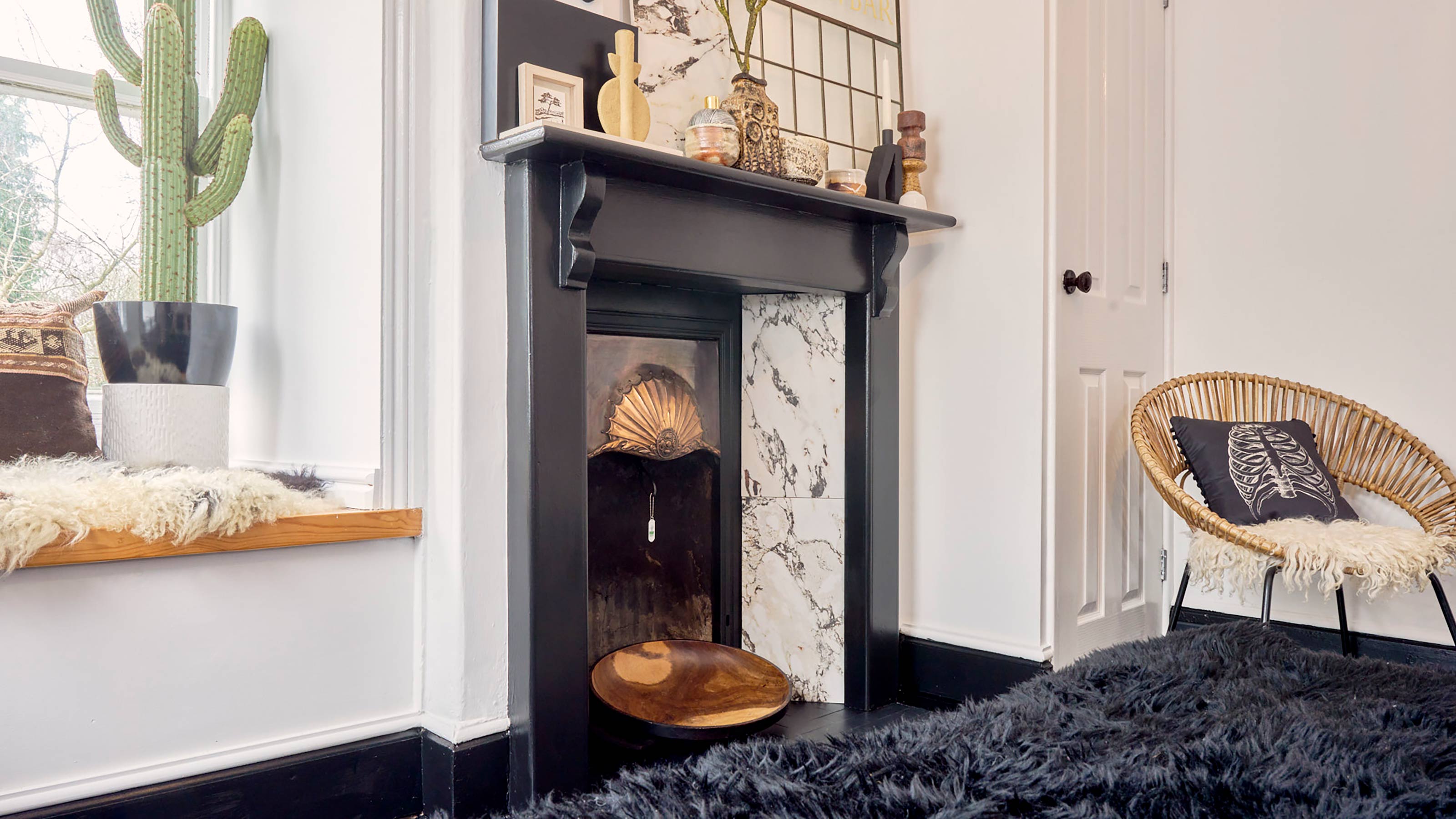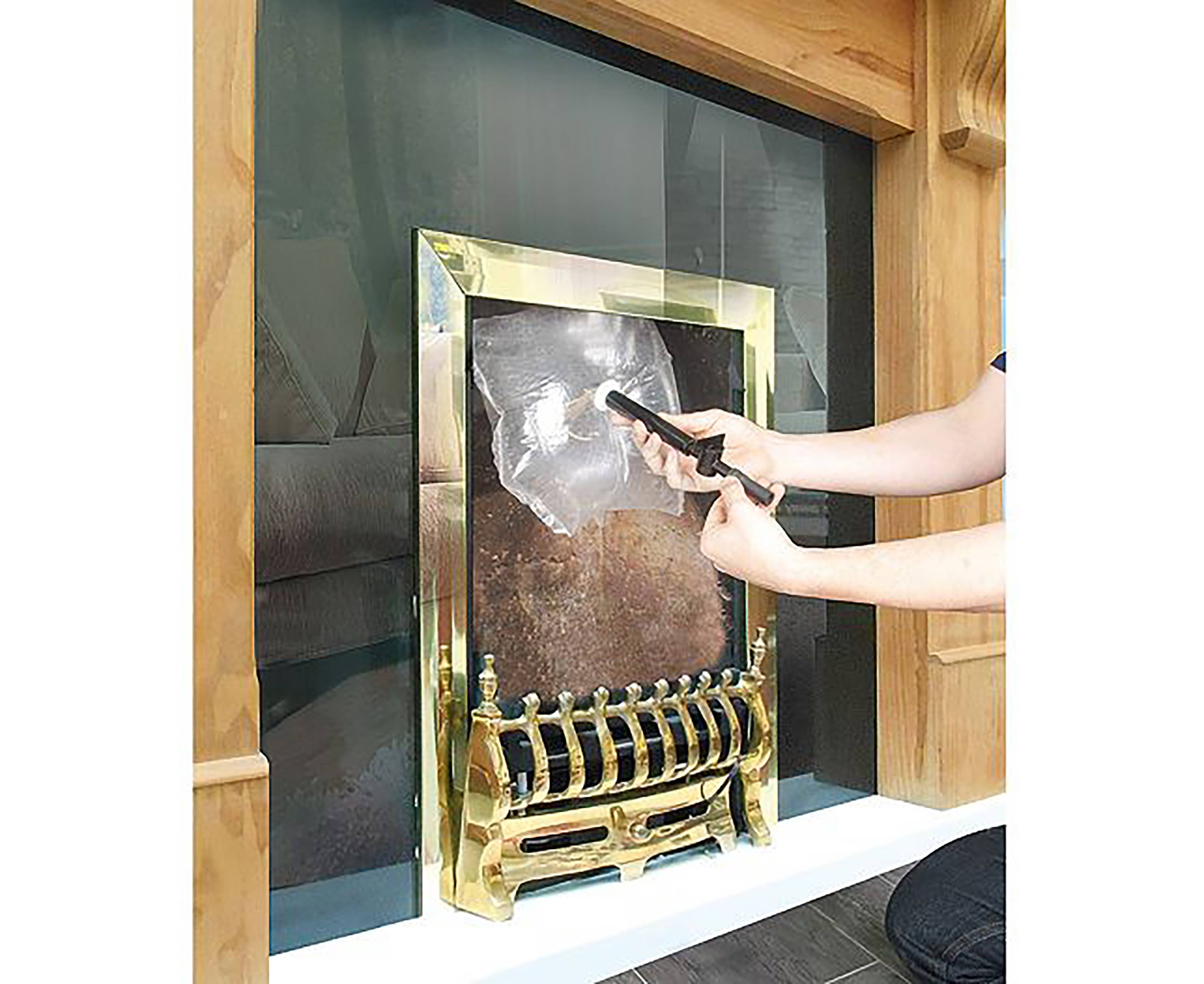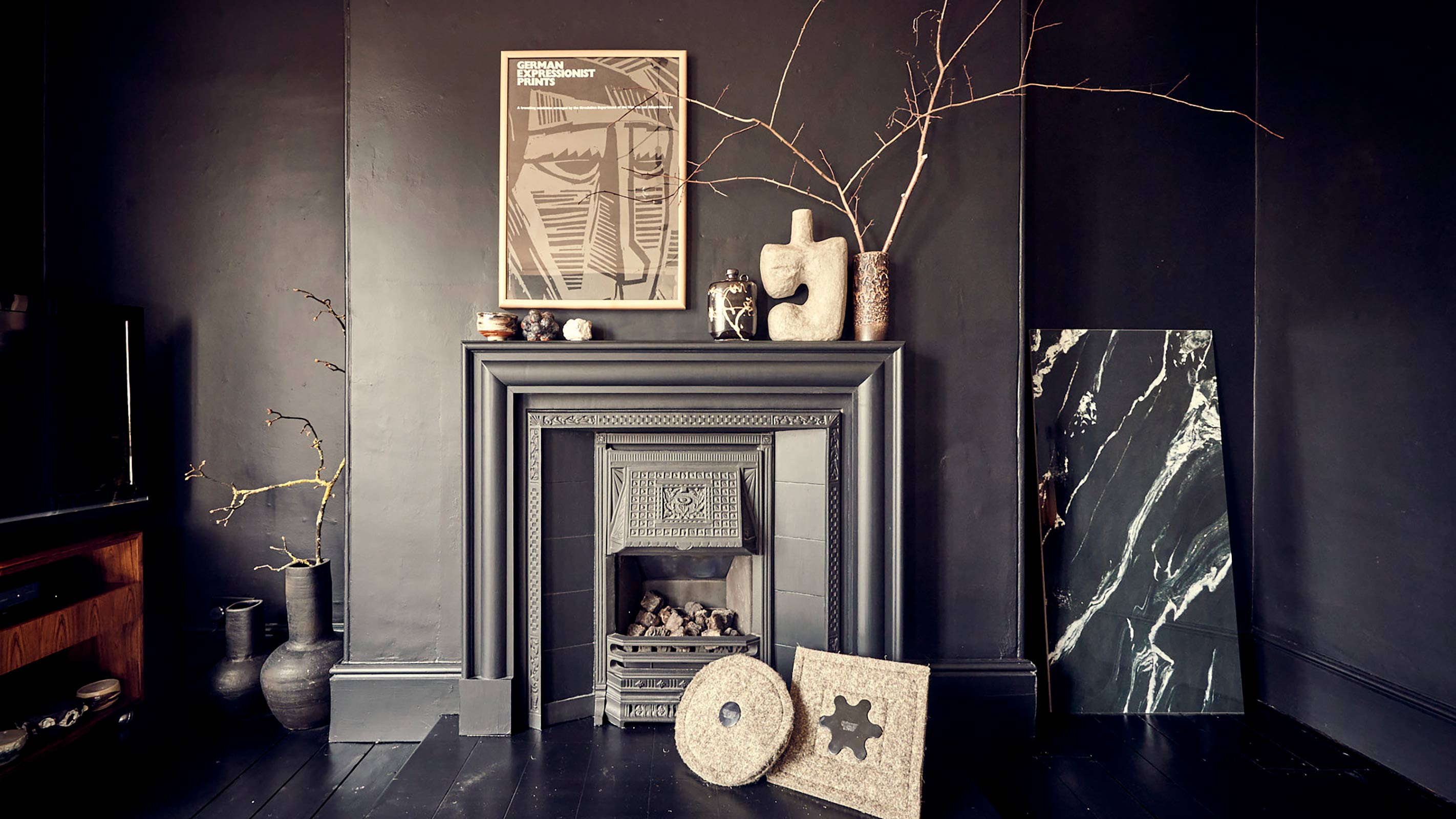Chimney balloons: A good investment or a load of hot air?
Are chimney balloons a good way to draught proof a chimney or are there other, more effective methods? We asked the experts

Chimney balloons – a term sometimes used for chimney draught excluders – are often suggested as a method for draught proofing a chimney. We have been taking a look at how effective they are, how to use them and what the alternatives might be.
While fireplaces might add plenty of charm and warmth to a house, chimneys can be a source of heat loss, drawing warm air out of a space. As such, you will need to address this when draught proofing your home.
"An unused chimney can account for up to 50% of the heat escaping from a house," says Tim Pullen, an expert in sustainable building methods and energy efficiency in residential homes. "Draught proofing the flue will make a huge difference to the thermal efficiency and comfort of the house."
Here, we take a look at the best ways of draught proofing a chimney to ensure that the feature you intended to warm your home doesn't become one that also steals the heat.
What is a chimney balloon?
There are various products on the market designed to draught proof chimneys. All work in very similar ways, but vary a little in their design and effectiveness. The term 'chimney balloon' is actually the name of one particular brand.
The Chimney Balloon was started up by an engineer in the 1980s, although many other companies have since set up offering similar products. In 2017, The Chimney Balloon Co. was bought by Chimney Sheep Ltd and although the products they offer are different they now work together.
The Chimney Balloon is made from plastic, and is designed to be inflated, using a pump or by blowing into a pipe, to fill the chimney and prevent cold air from coming in and warm air from travelling up and out.
"There are a few different types of flue blockers available, of which the Balloon is the most popular," says Tim Pullen. "Most flues are round, so inflating a balloon will comfortably fit and become an effective draught blocker."
Sally Phillips, Director of Chimney Sheep and Chimney Balloon, adds: "The single biggest source of air loss in the home is an open chimney. It’s like leaving a window open all the time, except that the passage of warm air out is exacerbated by a phenomenon known as the stack effect.
"Chimneys are designed to draw air out of a building and continue to do this whether the fire is lit or not. If it is cold outside, and warm inside, and it’s a tall chimney, then this effect is increased dramatically. The Buildings Research Establishment (BRE) state that an average of 80 cubic metres of air travel up a chimney per hour. This volume of air needs to be replaced, so cold air is pulled in from other leaky parts of the building, such as round doors and windows, or through vents that need to be left open. Block the chimney, and these cold draughts are significantly and immediately reduced."
Another option is Chimella, an umbrella-style device. "Using a Chimney Umbrella to block off the chimney flue will significantly reduce the air flow through the chimney and can save you over 0.583 tonnes of carbon per year, per chimney. This converts into an energy saving of 3066 kilo watt hours per annum, per chimney, or saving of up to £200 per chimney per year," says Simon Wild, Chimella founder.

What alternative chimney draught proofing methods are there?
Just as when draught proofing a front door or your windows, there are many different products on the market designed to prevent heat loss from the chimney.
"There are a few different makes at under £20 and they all do a good job," says Tim Pullen. "There are also felt and wool flue blockers that are perhaps easier to install as you merely push them into place (no tiresome inflating). These also come square or rectangular to fit flues that are not round."
One interesting product, made from wool, as opposed to plastic, is The Chimney Sheep, which can be found on Amazon here. This is designed to fit into open chimney flues and is easy to remove when you want to light the fire. Made from felted sheep wool, this product is designed to prevent any damp issues from occurring as it is breathable, blocking the majority of airflow into and out of the chimney, whilst allowing for ventilation.
"In truth, I don't mind which blocker the homeowner chooses to use, so long as the chimney is blocked," says Tim Pullen. "The answer is to take a look up the chimney (tricky, but necessary) to see what shape the throat of the flue is, and that it is not clogged up with soot, and install whichever is most appropriate."

How effective are chimney draught excluders?
How effective chimney draught excluders are depends on a couple of factors. The main thing you need to concentrate on is ensuring you buy the right sized product for your chimney. You will need to measure your flue carefully. In some cases, it will be necessary to have a draught excluder custom made to fit.
It is also important to choose a product that still allows for a degree of ventilation. This will prevent any damp issues from occurring. Some, such as The Chimney Balloon, feature small vents, while natural products made from wool are breathable by their very nature.
So, just how much energy (and money) could fitting a chimney draught excluder save you?
According to Chimney Sheep, their draught excluders can reduce draughts by blocking 93% of airflow.
"This helps to ensure households are heated efficiently saving consumers over 4% on their household energy bills," says Sally Phillips. "This equates to a saving of £125 for the average household based on the current Energy Price Guarantee of £2,500.
"The Chimney Balloon has been tested by BSRIA and was found to block 87% of airflow up the chimney," continues Sally.
Do I need to draught proof my chimney if I have a chimney cap?
Although fitting a chimney cap will help when it comes to preventing draughts and heat loss, using an additional draught excluder is still often a good idea.
"Chimney caps are fitted with ventilation holes so there will still be an updraught up your chimney," says Sally Phillips. "Try putting your hand a little way up the chimney and see if you can feel a draught. If you can still feel a strong current of air, you will still need draught proofing."
Get the Homebuilding & Renovating Newsletter
Bring your dream home to life with expert advice, how to guides and design inspiration. Sign up for our newsletter and get two free tickets to a Homebuilding & Renovating Show near you.
Natasha was Homebuilding & Renovating’s Associate Content Editor and was a member of the Homebuilding team for over two decades. In her role on Homebuilding & Renovating she imparted her knowledge on a wide range of renovation topics, from window condensation to renovating bathrooms, to removing walls and adding an extension. She continues to write for Homebuilding on these topics, and more. An experienced journalist and renovation expert, she also writes for a number of other homes titles, including Homes & Gardens and Ideal Homes. Over the years Natasha has renovated and carried out a side extension to a Victorian terrace. She is currently living in the rural Edwardian cottage she renovated and extended on a largely DIY basis, living on site for the duration of the project.

